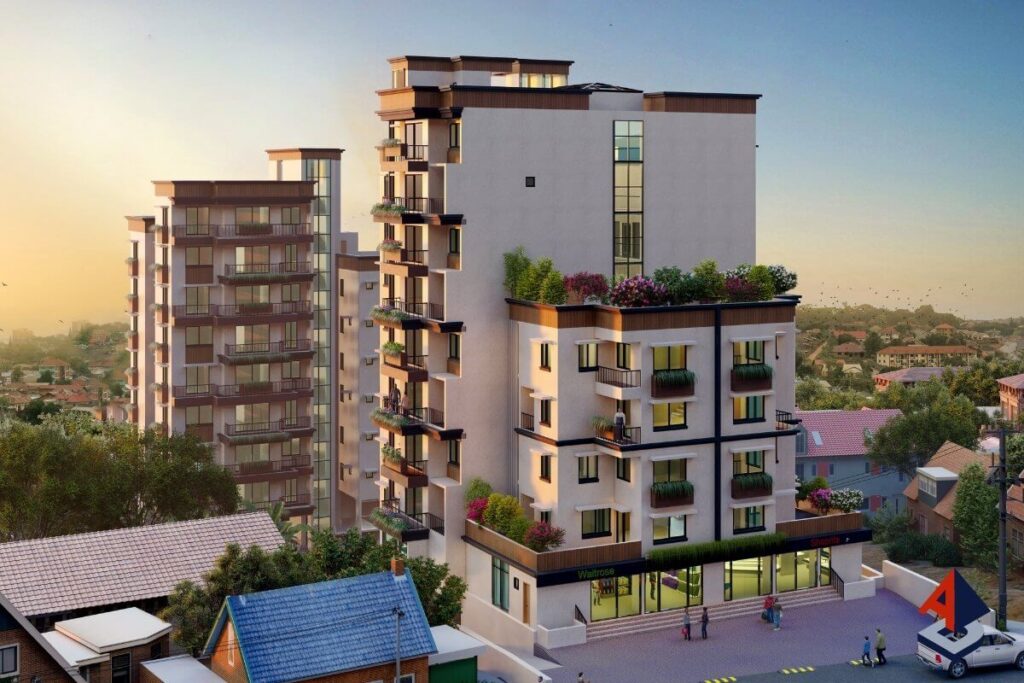The first months of 2025 have been marked by devastating earthquakes worldwide, serving as stark reminders that building safety is not optionality its a necessity.

Tibet was hit by a 7.1 magnitude earthquake on January 7, claiming up to 400 lives and injuring 351 people.

Myanmar suffered even greater losses when a 7.7 magnitude earthquake struck near Mandalay on January 28, resulting in over 1,000 casualties.
February continued the trend of seismic activity, with a 7.6 magnitude earthquake near the Cayman Islands and structural collapses in Myanmar causing more fatalities. A 6.7 magnitude quake off New Zealand’s coast further underscored the urgency of resilient infrastructure.
These catastrophic events highlight a critical truth: Buildings are not just structures—they are lifelines.
The Need for Sustainable & Resilient Construction
The rise in natural disasters shows that traditional construction methods are no longer enough. Buildings must be designed to withstand earthquakes, floods, and extreme weather while maintaining energy efficiency and environmental sustainability.

For architects, developers, and governments, the focus must shift from aesthetics and luxury to structural integrity, longevity, and sustainability. This is where green building practices and earthquake-resistant designs come into play.
One of the most exemplary models of sustainable and disaster-resistant construction is Habitat 854 by Aesthetic Developers—Uganda’s first-ever LEED-certified building, which is also earthquake-proof.
What is Habitat 854?
Habitat 854 is a groundbreaking residential and commercial development in Uganda that sets a new benchmark for sustainable architecture. Designed to withstand seismic activities, this structure is built using advanced earthquake-resistant techniques.

What Makes Habitat 854 Different:
LEED Certification: Recognized for its energy-efficient design and sustainable materials.
Earthquake-Proof Construction: Engineered with seismic-resistant technology to withstand natural disasters.
Eco-Friendly Innovations: Uses renewable energy sources like solar power, rainwater harvesting, and efficient waste management systems.
Energy Efficiency: Reduced carbon footprint through smart ventilation, high-performance insulation, and natural lighting.
Understanding LEED Certification
LEED (Leadership in Energy and Environmental Design) is a globally recognized certification system developed by the U.S. Green Building Council (USGBC). It evaluates buildings based on energy efficiency, water usage, sustainable materials, and environmental impact.

Why LEED Matters:
Reduces Energy Costs: LEED buildings use up to 25% less energy than traditional buildings.
Promotes Sustainability: Encourages the use of eco-friendly materials and renewable energy.
Enhances Structural Resilience: Many LEED-certified buildings integrate earthquake-proof designs to enhance safety.
The Urgency for Sustainable Urban Development
Uganda, along with many developing nations, is rapidly urbanizing. Without sustainable construction practices, cities face higher risks of disaster-related destruction.
As we’ve seen from Tibet, Myanmar, and the Cayman Islands, the cost of neglecting building safety is human lives. Countries must invest in green, resilient infrastructure to ensure that their developments are built to last—not just for aesthetics but for the safety of their people.
Building for the Future
Governments, architects, and real estate developers must prioritize earthquake-resistant, LEED-certified, and sustainable construction methods. The message is clear:
- Structural integrity over luxury
- Long-term resilience over short-term gains
- Sustainability over aesthetics
Buildings like Habitat 854 in Uganda prove that a safe, sustainable future is possible—but only if we take action now. Because when disaster strikes, the right construction can mean the difference between life and death.
